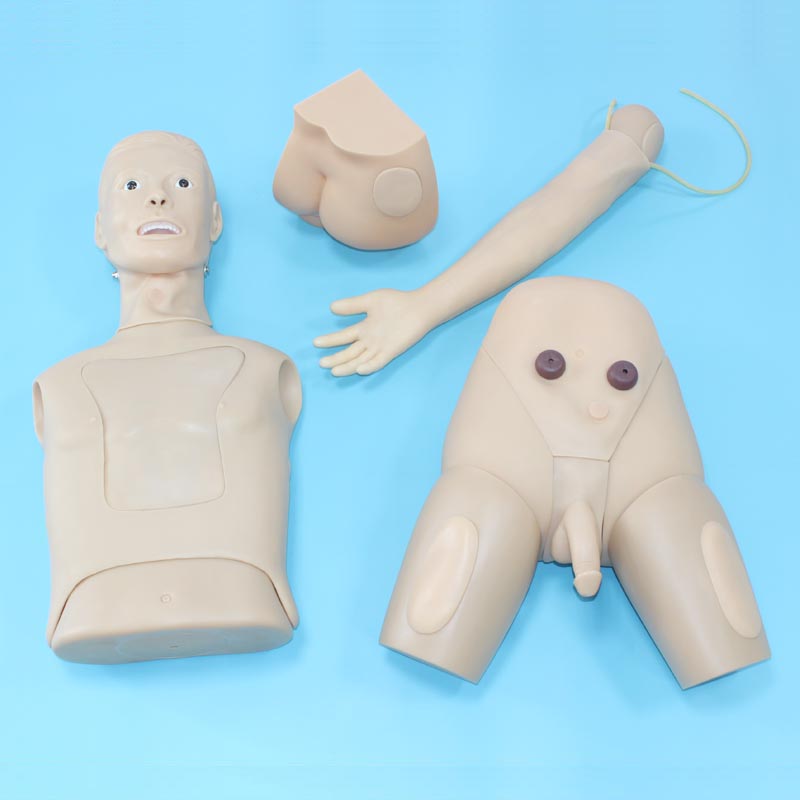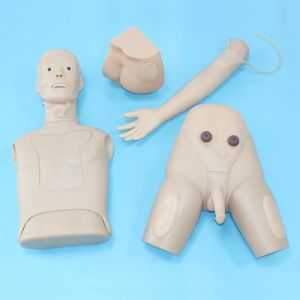Male catheterization models play a vital role in reducing catheterization complications. Several of its main functions are described in detail below:
The male catheterization model provides students with a safe and controllable simulated operating environment by simulating the real male urethra structure. In this environment, students can practice catheterization techniques repeatedly without fear of actual harm to patients. This simulation training helps students to master skills while reducing complications caused by tension or improper operation in the actual operation.

The high degree of simulation of the model enables students to clearly observe the anatomy of the male urethra, including its length, curvature, narrowing and other features. This intuitive knowledge helps students better understand the problems they may encounter during catheterization and learn how to avoid or resolve them. At the same time, through repeated practice, students' catheterization skills will also be significantly improved, so as to be more skilled and accurate in actual operation and reduce the occurrence of complications.
In simulation training, the model usually simulates some common complications of catheterization, such as urethral injury and urinary tract infection. By simulating the occurrence and management of these complications, participants can gain a deep understanding of the dangers of complications and learn how to prevent and manage them. The cultivation of prevention awareness is of great significance for reducing complications in practice.
The male catheterization model not only provides a simulation of the anatomy, but also combines the process and requirements of the actual operation. When students operate on the model, they need to follow the correct operation steps and skills, which helps them combine theoretical knowledge with practical operation to form a more complete and systematic knowledge system. This combination of theory and practice helps to improve the overall quality and ability of students and reduce the complications caused by improper operation.
In conclusion, the male catheterization model plays a significant role in reducing catheterization complications. By providing a safe and controllable simulation environment, enhancing students' anatomical cognition and operational skills, cultivating students' awareness of complication prevention, and promoting the combination of theory and practice, the model provides a strong support for medical education and clinical training.

